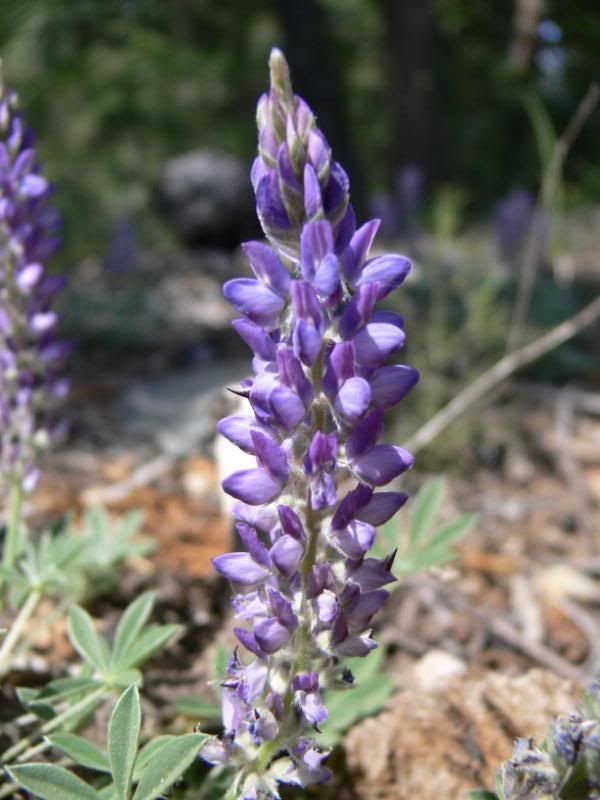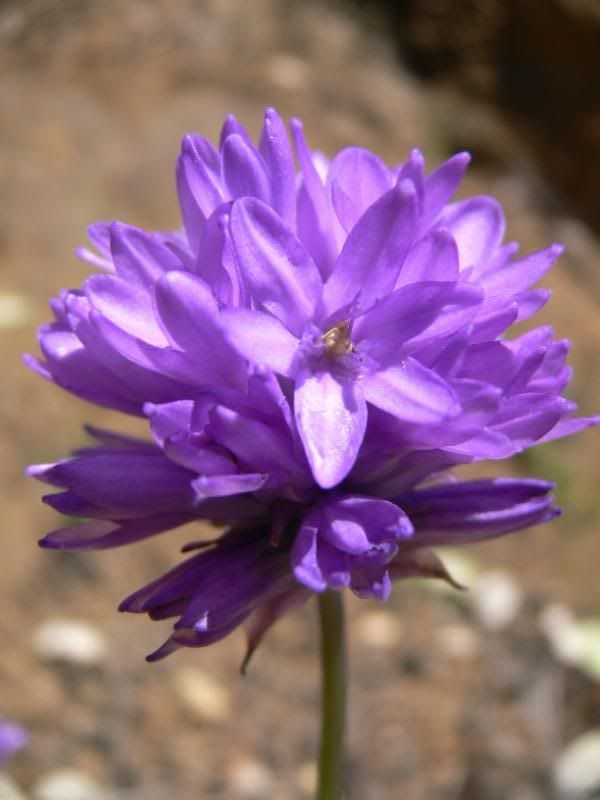Herpicum armerioides. The first flower from seed started in Fall 2009.

Geranium incanum. The first flower from seed started in Fall 2009.

My Magnolia macrophyllum asheii blooms every year, despite the fact that the tree is only 5ft tall. The flower lasts for 2 full days and smells great.

One of my Protea lacticolor plants started in 2007 has its first bud! A flower will open some time between October and February probably. We'll see.

The rest of the Sarracenias are blooming, late as everything is this year. This is the weird flower of Sarracenia leucophylla 'Tarnok' which is a "double flowered" cultivar.

The much more symmetrical flowers of Sarracenia rubra jonesii.

The clouds were very thin allowing a 22 degree halo around the sun.

The Stewartia pseudocamelia had quite a few flowers this year. Planning on planting it this Fall!

Thalictrum aquilegifolium.

Penstemon eatonii started last year from seed.

A large flowered Penstemon started from seed from Southern Oregon.

Another Penstemon from Southern Oregon with much smaller flowers. If anyone knows the ID's of these two, I'd appreciate your input.

Last, a field that I particularly enjoy on my way to work.






































